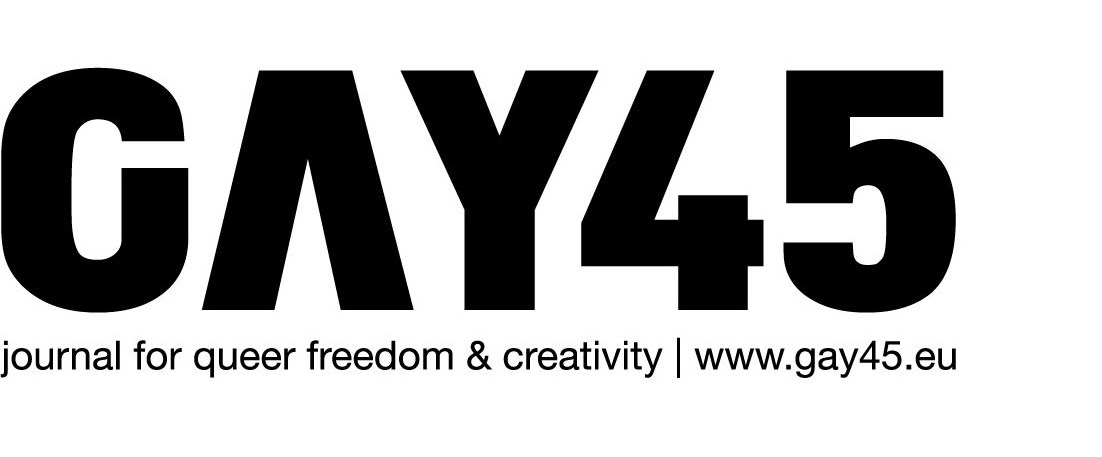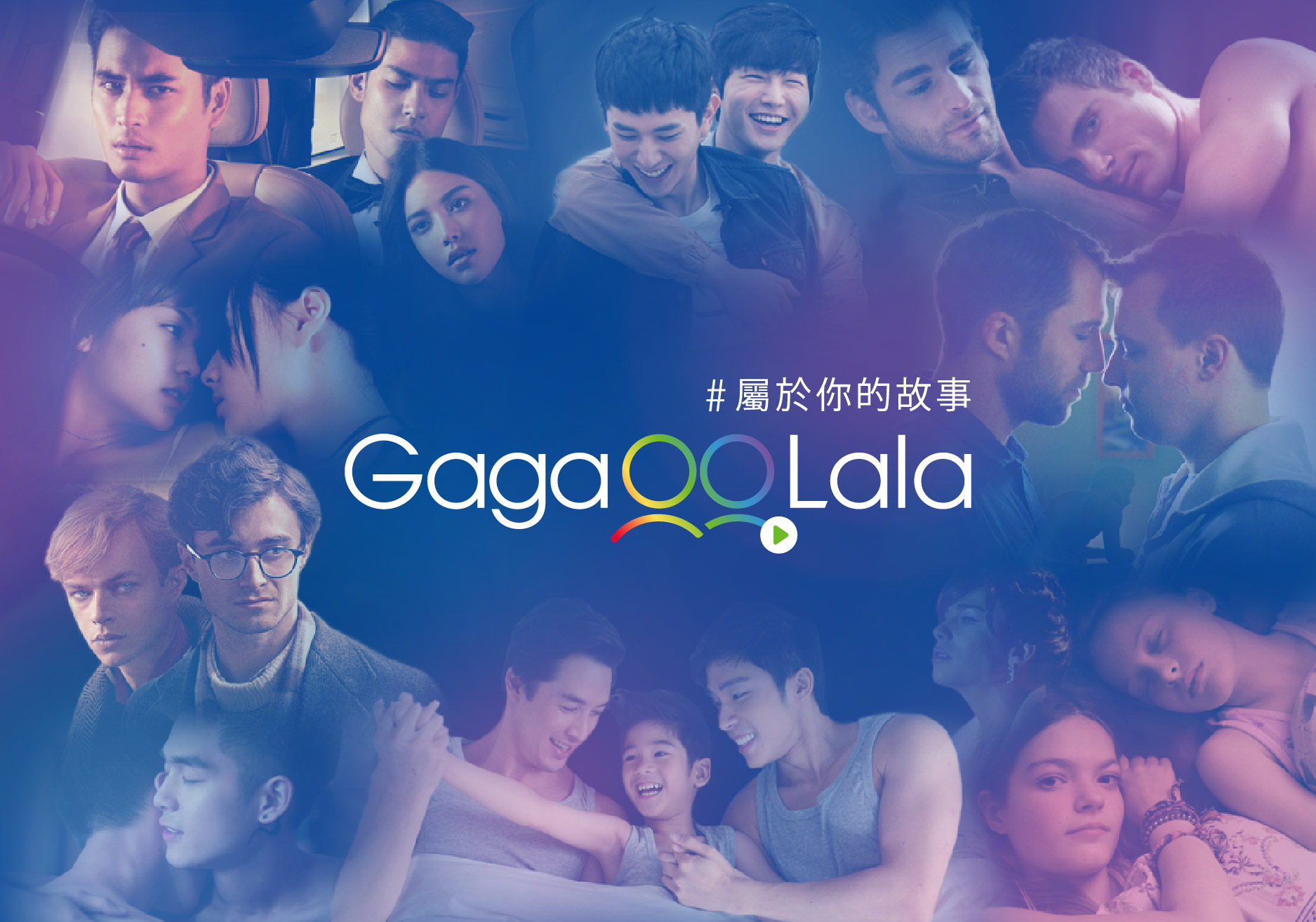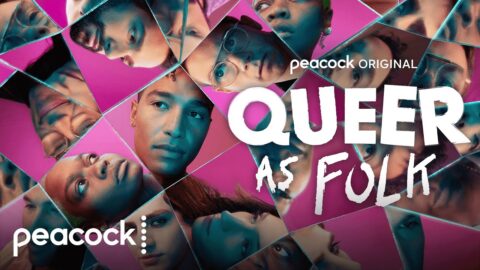If the dazzling cast of queer legends like Chloë Grace Moretz, Eugene Lee Yang, RuPaul, and Indya Moore, among others, is not enough to get you to watch Netflix’s latest animated phenomenon Nimona, then perhaps the riot grrl soundrack (featuring punk, rock and rap classics with the likes of Dope Saint Jude, Metric, and Judas Priest), or the on-screen kiss shared by the film’s leading queer couple, can give you the final push. After a tumultuous production odyssey, ND Stevenson’s latest groundbreaking animated project has finally reached our screens. Following the success of his last TV series, She-Ra and the Princesses of Power, which changed the course of the animated medium with its unapologetic portrayal of queer love as well as countless non-binary and trans characters, Stevenson strikes again. Nimona was adapted from his first webcomic, bearing the same name – a brilliant tale of queer monstrosity, friendship, and power in difference that marks a new age of children’s animated cinema.

Nimona is set in a techno-medieval futuristic kingdom, complete with flying cars and Super Bowl-esque knight competitions. It follows Ballister Boldheart, a commoner chosen against all odds to enter the Institute of Elite Knights, a place that had until then been reserved for those of noble blood. His boyfriend, Ambrosius Goldenloin, belongs to this class, and is the popular kid of the group, beloved by his fandom who excitedly buy T-shirts with his face printed on and rush to him for selfies at any opportunity. The odd one out of the group because of his working-class roots, Bal fails to gather a fanbase like his fellow knights and is constantly bullied by the group, despite unwavering support from Ambrosius. On the day of their knighting, Bal is framed for killing the city’s queen. Quick to accept him as a villain because of his differences, society, including his boyfriend, turns against him and he is forced to go into hiding. This is where the titular Nimona comes in. A shape-shifting creature taking the form of a 15-year-old punk girl who too has been made a villain through the eyes of society’s prejudices, she seeks Bal out to become his sidekick. Bal is at first hesitant, seeing Nimona as the monster that society has created out of her, but the two soon develop a heart-warming bond in the face of ostracism and embark on a journey that is at once heartbreaking, hilarious, and exhilarating, in a quest to uncover the secrets of a society whose system of law is not as moral as it seems.

The film’s portrayal of the queer relationship between Ballister and Ambrosius brings a breath of fresh air. Bal’s sexuality is not used as a plot point, or the cause of an internal battle; the two are in love from the start and even share a kiss in the film’s last sequence. A rare sight for children’s cinema. Even more creative is Stevenson’s use of the medium of animation to portray Nimona’s shape-shifting as an ingenious exploration of the relationship between her gender identity and body, which Stevenson has said allowed him to think through his own identity as a trans person. Nimona admits that she feels ‘alive’ only when she shape-shifts. She can become anything, from a bear to a shark to a fire-breathing dragon. This power to transform is a beacon of hope for Stevenson as well as for genderqueer viewers of the film. Taking the age-old trope of queer-coded villains that has plagued animated films for years, and turning it on its head, the film creates power for good out of monstrosity. Rather than keeping them from achieving their goals, the protagonists’ differences from their rigid society are exactly what allow them to fight for a better world. The film’s morality exists in a fluctuating grey zone, steering clear of the black-and-white ‘good versus evil’ dynamic. Nimona is, however, more than just a metaphor for queerness. The film’s diverse cast, whose range of queer experiences were used to develop their character in this cinematic adaptation, touches on a different side of social marginalisation. Bal is victim to class-and-race-based marginalisation. In the film’s pristinely organised society, any difference is seen as a threat to the status quo and must therefore be destroyed. Unafraid to draw parallels between this fantasy world and our own prejudiced society in children’s media, the film tackles these dark themes head-on. Facing a society that has built its system of law on the sheer hatred for monsters like her, who are different, Nimona is left broken. In the midst of the final battle, she lets down her comedic guard, admitting: “I don’t know what’s scarier. The fact that everyone in this kingdom wants to run a sword through my heart, or that sometimes, I just wanna let ‘em.” This sense of defeat rings true to many of us, fighting for queer rights for the past century, yet to live in a world where we can let down our guard.
Nimona’s creative team has also had to fight so that the film could see the light of day. The film initially began production at Blue Sky Studios in 2015 and was set to be finished by 2020. However, when Disney bought Blue Sky’s parent company, 20th Century Fox, they shut down the studio and cancelled the film due to worries about its overt LGBT+ themes. The film was given a second chance by Annapurna Pictures, and Netflix acquired international distribution rights, allowing us, almost 10 years later, to finally see the film. Disney’s ambivalence is not surprising. In 2022, its CEO Bob Chapek faced criticism due to his initial silence following Florida’s “Don’t Say Gay” bill, which aimed to prevent discussion of gender and sexuality in schools until the 3rdgrade. Whilst Chapek did eventually speak out, it was only after the bill had passed. ND Stevenson has spoken about how the hurdles that the creative team faced only brought them together, giving them the drive to keep fighting. Fans have followed in these footsteps. The constant back-and-forth production process only helped the film gain traction. From its early days, fans have kept up to date with Nimona’s journey in the hopes of finally seeing this groundbreaking film one day, and the sheer love that the film has amassed, from fans and critics alike, only confirms this.
The film’s production context is ironic at best, given its themes, but it also stands as proof not only of the gaping hole of queer representation in children’s media today, but equally of the power that queer animators have, a power which stems from the need to fill this hole. In the last 20 years, many have, despite their determination, failed to stand up to studio conglomerates – think of animated series like The Legend of Korra, Steven Universe, and Adventure Time, whose queer characters were implicit, hidden, and censored. Nimona’s journey, both in the world of the film and the world of its creation, marks a change. By its side stand more recent additions, like The Owl House and Spider-Man: Across the Spider-Verse. They show that queer experience is not merely confined to the adult world, nor should it be hidden from children. By broadening the thematic sphere of animated cinema, they shape the next generation into one that will, we hope, be more accepting.
Article by Miruna Tiberiu.
Miruna Tiberiu is the managing editor of GAY45. She is a student at Cambridge University. Tiberiu has written for numerous publications, including The Cambridge Review of Books, and the Cambridge Language Collective. She is the co-founder and co-editor of Cambridge’s first all-queer magazine, Screeve. Tiberiu is currently long-listed for the International News Media Association (INMA)’s “30 Under 30” Awards 2023.
GAY45. SUPPORT. WE NEED YOU.
Support GAY45’s award-winning journalism. Subscribe today to our Substack or Patreon or donate. Or you can buy our support merchandise. We appreciate it. Thanks for reading.
GAY45 has reached a milestone with over 140,000 monthly readers, which is fantastic! Thank you for trusting us and reading our articles.
Our editorial office is currently comprised of 11 people in danger of losing their way of life. The rising utilities and office rent costs brought us to the edge, and we need your support.




















